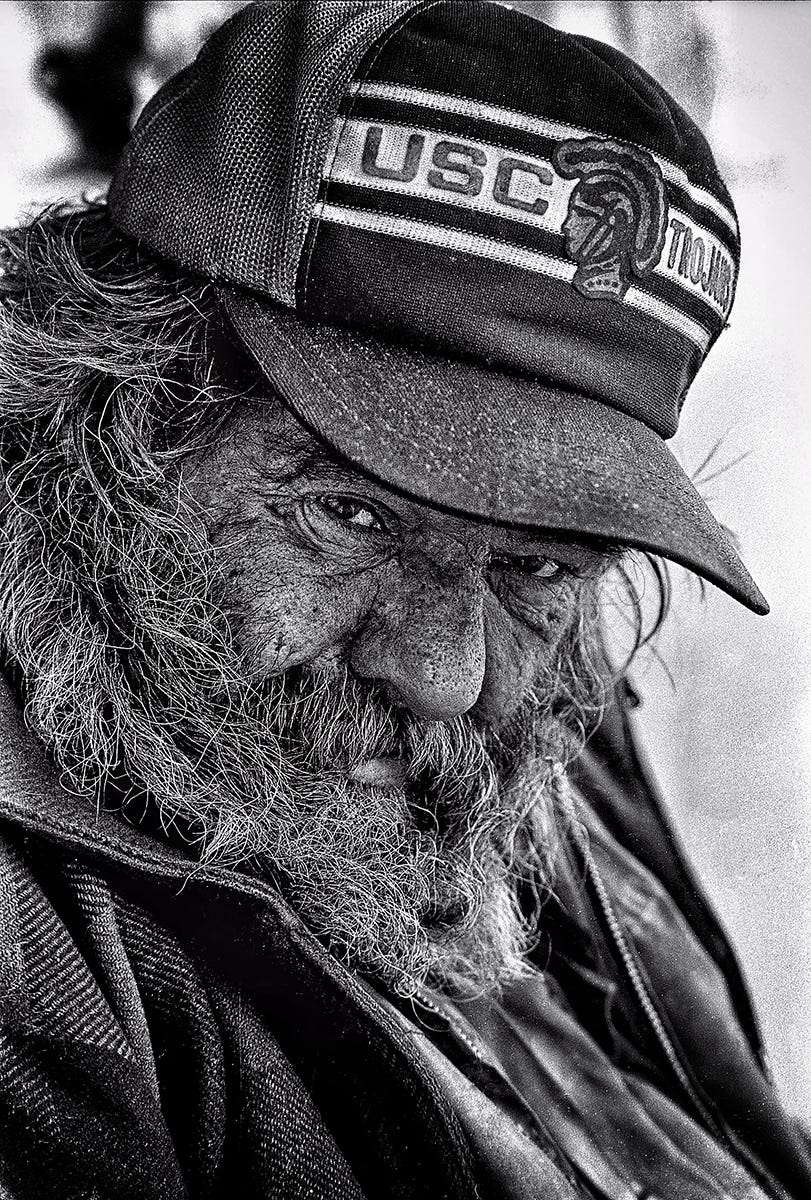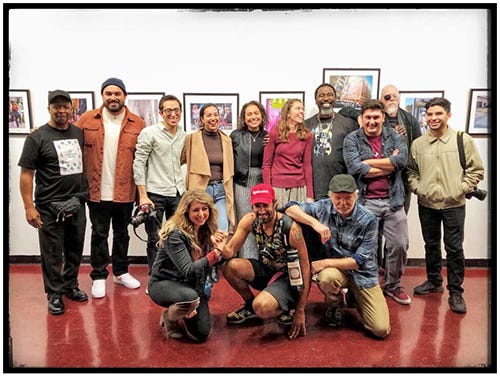César Chávez
The Farmworker Oral History Dramatization Project and David Blumenkrantz Collection
Last March 31, we celebrated César Chávez Day in California, and we provide you here a list of resources we created for educational purposes about Chávez and the farmworker movement. In that spirit, we share with you the positive reviews of the Farmworker Oral History Dramatization Project by our students. Also, the David Blumenkrantz Collection is now available for researchers at the University Library’s Special Collections and Archives. We hope Professor Blumenkrantz can work soon on digitizing part of his collections related to homelessness in Los Angeles.
César Chávez and the Farmworker Movement

As the centennial of César Chávez’s birth is getting closer (he was born on March 31, 1927), we are happy to help celebrate him and the farmworker movement with a wealth of digital resources. First, we digitized and created bilingual metadata for more than 900 photographs of Chávez, available digitally as part of the Farmworker Movement Collection at the University Library. Second, we included him as part of the more than 50 huelguistas, or active participants of the movement, that we featured on a website dedicated to visually presenting part of the history of La Causa, or the cause.
We created 39 videos on the farmworker movement, including one with Luis Valdez commenting about the serenade for Chávez’s 40th birthday given by a group of volunteers; a bilingual Do-It-Yourself exhibition available to schools, unions, and others who want to celebrate Chávez, as well as web pages of key events of the early stages of the movement.
Farmworker Oral History Dramatization in the Classroom
By José Luis Benavides
We are so inspired to report on the continuing educational impact of the Farmworker Movement Collection. Last week, Theatre Professor Doug Kaback sent us several comments by students in his class about the Farmworker Oral History Dramatization Project—a series of three films with a dramatization of selected segments of oral histories of farmworkers, using photographs by Emmon Clarke and John Kouns as a background to the actors's monologues performed by acting students. Here are some of these comments:
“Thank you, Professor, for showing us these wonderful oral histories. The project on dramatization showed how farmworkers struggled and their role in the UFW movement. It was inspiring to watch how everyday people mobilized themselves to fight for improved working conditions through nonviolent action and activism. The connection with Luis Valdez and Teatro Campesino enriched the narrative, illustrating how political theater activated and raised awareness. This was an amazing way to bring history to life. The storytelling and acting created these histories so intimate and so real. It's a good reminder of the power that art and action can bring to really make things happen.”
These films “portray Bobby de la Cruz, Carmen Hernández, the Saludado sisters, and Joe Serda as they describe their fieldwork experiences along with their family struggles. Their difficult experiences, combined with exploitation, made them join the union to achieve improved work conditions. The expansion of the movement led to many individuals becoming active organizers who stepped into leadership positions to encourage workers to strike and push for change. Their dedication to peaceful resistance faced serious challenges when growers and law enforcement authorities used intimidation tactics and violent measures against them.”
If you are a curious instructor and want to use them in your curriculum, here is the playlist with all three videos.
David Blumenkrantz’s One of Us
Late last month, our colleague and digital service librarian, Steve Kutay, published a blog entry for the University Library’s Peek in the Stacks titled “Reframing Homelessness: The Visual Perspective of David Blumenkrantz” to inform about the availability of his collection for research purposes at the Special Collections and Archives.
David Blumenkrantz is an outstanding photographer with a large body of work in photojournalism and documentary photography, even before he came to teach at CSUN. He lived in Kenya from the late 80s and early 90s, which allowed him to do documentary work in Eritrea, Ethiopia, Chad, Rwanda, Tanzania, Uganda, and Zaire. As he explained in his book Edges of Africa, he captured a tumultuous time with a large health crisis (HIV-AIDS), wars, and genocide. Additionally, he has always been interested in conducting photography courses in the region, which he has done regularly. And he also worked with NGOs to help bring awareness to issues that require national and international attention and to bring about policy or societal changes.
Blumenkrantz also uses his teaching as a tool to empower traditionally underserved groups to create their own images and advocate for change. His “One of Us” project on unhoused people in Los Angeles, for example, progressed quickly into the “How We See It” project, making the “us” not the passive subject of photography, but the active creator “we” of photographic and documentary work as well.






